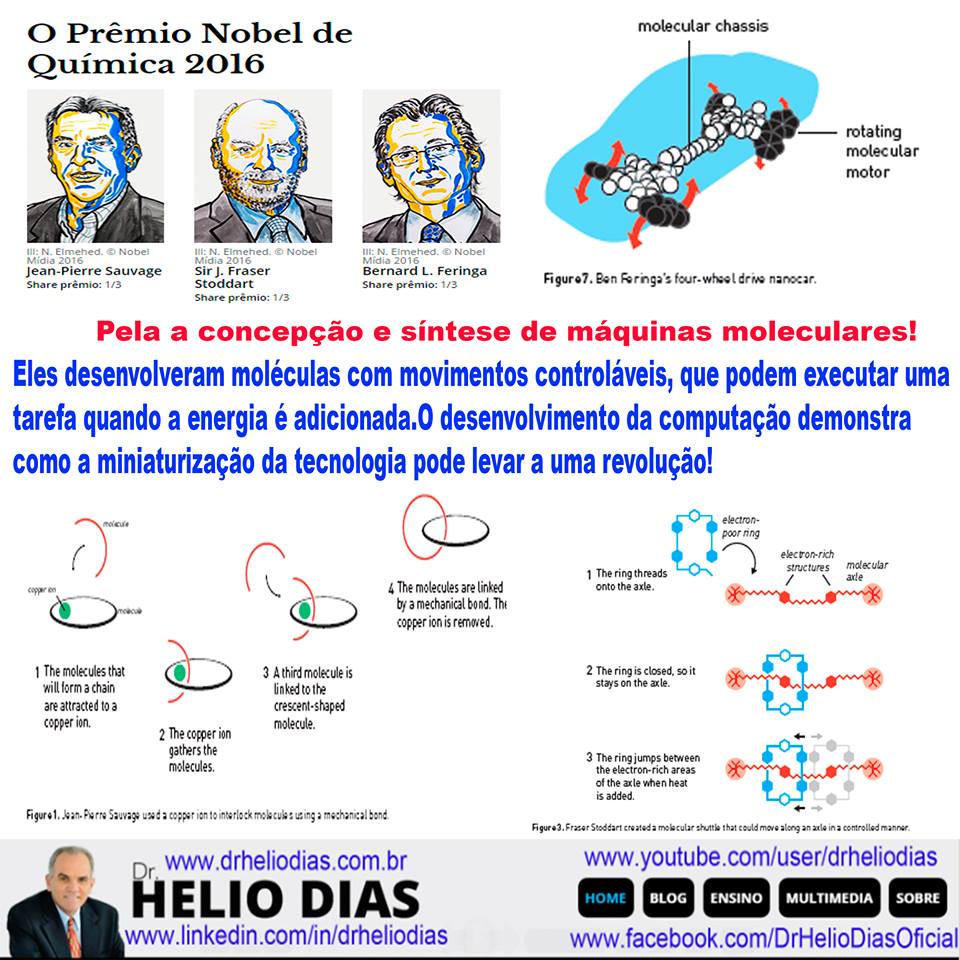How small can you make machinery? This is the question that Nobel Laureate Richard Feynman, famed for his 1950s’ predictions of developments in nanotechnology, posed at the start of a visionary lecture in1984. Barefoot, and wearing a pink polo top and beige shorts, he turned to the audience and said: “Now
let us talk about the possibility of making machines with movable parts, which are very tiny.”He was convinced it was possible to build machines with dimensions on the nanometre scale. These
already existed in nature. He gave bacterial flagella as an example, corkscrew-shaped macromolecules which, when they spin, make bacteria move forward. But could humans – with their gigantic
hands – build machines so small that you would need an electron microscope to see them?
Vejam este vídeo:
Trecho da Palestra ” Tiny Machines ” de Richard Feynman
[iframe id=”https://www.youtube.com/embed/0QdhJar6W-s”]


